There is no better better endorsement for a piece of gear than regular, hard use by professionals.
The Pelican Protector™ comes with some hard won credentials.
by Leon Pantenburg
Disclaimer: Pelican supplied the product for this review. At the time of publication, there is no sponsorship relationship between Pelican, Survival Common Sense or Quapaw Canoe Company. This review is my opinion, and nobody had any input in the contents. All I ever promise is a fair shake.
The guides at Quapaw Canoe Company, based in Clarksdale, Mississippi, know gear. The company has guided well over 33,000 people on the Lower Mississippi River in its 23-year existence. Guests are taken on the river in large cargo canoes, some of them hand-made from wood. Guides are on the big river year-round, depending on the demand, and their equipment is used hard and often. The temperatures on the river can range from triple digits down to the 20s.

A camera must be easily accessible to get good wildlife images. This Layne Logue photo shows how important a quick draw can be.
Gear-head that I am, I’m always checking out other people’s stuff. When I saw guides using this style and model of Pelican Protector, I figured they knew what they doing.
Layne Logue, owner of the Vicksburg Outpost of Quapaw Canoe Company, carries all his camera gear in his Pelican, and the case rests on the seat in front of his steering position. Layne is always was coming up with magnificent photos while the boats are on the river. This is due to his skill, and partially because he can easily access his camera.
During my 1980 end-to-end canoe voyage of the Mississippi River, I carried my camera gear in steel, surplus .50 caliber ammunition cans. These worked well, and I had no cause for complaint. But the cans are heavy, noisy in the boat, and require two hands to open. And they don’t float.
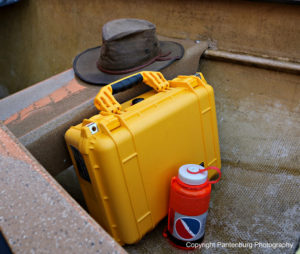
The Pelican 1650 is a great size for stowing in a canoe or SUV.
Also, they are not handy. The cameras and lens had to be wrapped in a towel to protect them from getting banged around, and forget spontaneous photography.
So I got a Pelican 1650 and took it on my last river trip. It performed wonderfully. It got splashed, and deliberately left outdoors overnight. The next morning, the fog and heavy dew covered it. Inside was dry as a bone.
Here are the specs of the Pelican 1650
- Retractable extension handle
- Fold down handles
- Automatic Pressure Equalization Valve – balances interior pressure, keeps water out
- O-ring seal
- Watertight, crushproof, and dustproof
- Open cell core with solid wall design – strong, light weight
- Personalized nameplate service available
- Easy open Double Throw latches
- 2 level Pick N Pluck™ with convoluted lid foam
- Stainless steel hardware and padlock protectors
The good stuff
Waterproof: It goes without saying that a case used on the river needs to be waterproof. The neoprene seal keeps the water out and the automatic pressure equalization valve balances interior pressure. This becomes a huge consideration when you are using expensive equipment on or near water.
It also means this case is waterproof to greater depths than some of the competitor’s carrying cases.
The foam interior is easily modified to fit whatever you need to carry safely. Other case inserts are also available.
Pick and Pluck foam rubber: This material allows you to create a custom space for different items. All you do is make the outline of the gear you want to put inside, then use your fingers to “pick and Pluck” (remove) the pieces. My Pelican is currently set up for camera gear, but it can easily be changed back.
Color choices: The 1650 comes in a variety of colors, ranging from discrete to loud. I opted for bright yellow. Since this case will be mainly used on the Mississippi River, it is best to have an easily-seen color that won’t be forgotten on a bank, or misplaced in a pile of gear.
Handle: The handle is handy. It is retractable and folds down out of the way. This is important when it will be packed with a bunch of other gear.
Crushproof: I haven’t had a chance to personally test this. But the other guides use their 1650s some 200 days on the river annually. If ever a case had a chance to be crushed, it would be when a mound of gear is being stashed in a cargo canoe.
My Pelican gets tossed into the cargo area of my SUV when I’m heading out on some adventure. I don’t worry about anything getting damaged inside.
Convenient: The size is great for my camera needs. You can get bigger or smaller Pelican cases. This size will hold a couple of bodies and lenses.
The other guides carry everything from laptops to notebooks in their Pelicans. The case makes a great carrier for pistols on the way to and from the range.
Do you need a Pelican 1650?
Well, I do. I worked behind a camera for decades, and expensive photography gear is one of my tools of the trade. Camera failure is not an option, and a whole photo shoot can be expensive and a waste of time if the camera does not work. Not to mention, if the camera doesn’t work, I don’t get paid.
Outdoor weather conditions are hard on photography gear. Any case that can protect that gear is a necessity.
I like this product and depend upon it. ‘Nuff said.
Please click here to check out and subscribe to the SurvivalCommonSense.com YouTube channel – thanks!
Get your copy of “Bushcraft Basics: A Common Sense Wilderness Survival Handbook”!

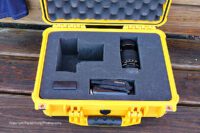
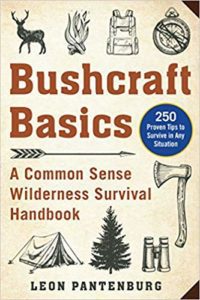
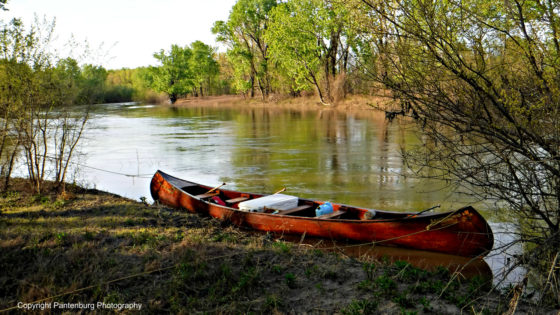
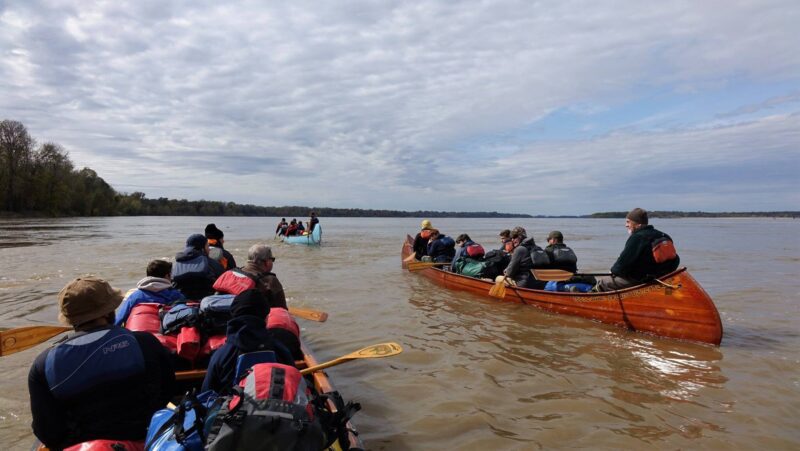

Leave a Reply